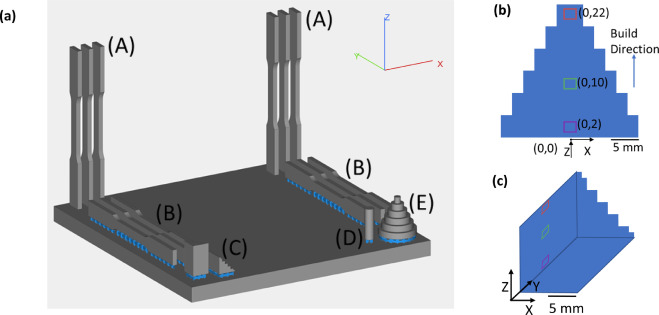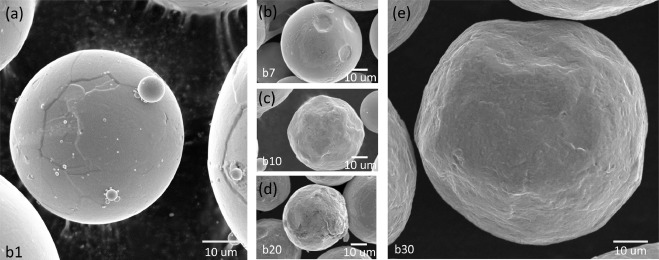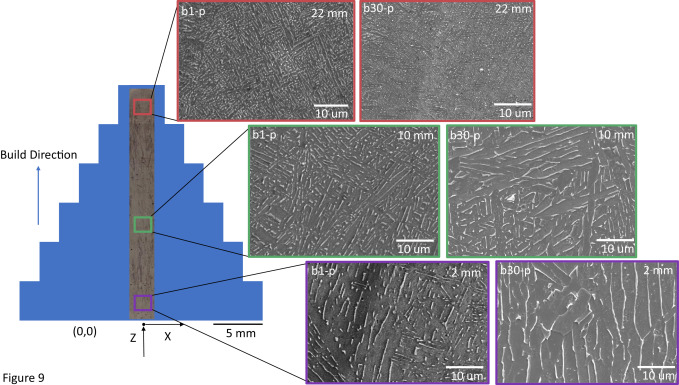A new study by researchers from the University of Washington investigates the effects of powder reuse on 3D printed part quality. The paper, published in the journal Materialia, is primarily concerned with the powder bed fusion of Ti6Al4V – commercially-available grade 5 Titanium alloy.
Additive manufacturing for aerospace applications
When manufacturing for safety-critical applications such as high stress aerospace components, a high degree of part quality is crucial. In the case of metal powder bed fusion, powder reuse, while economical, has been known to degrade the physical quality of powders with time and use cycles. The depositing, melting, and recoating of the feedstock places stress on the fine granules, deforming them from their original spherical shapes until they no longer flow optimally. The research team wanted to investigate just how suitable additive manufacturing would be for high stress components, focusing on the raw feedstock’s quality and how it affects the mechanical properties of the final part.
EBM AM of Titanium alloy
The present study utilized the electron beam melting (EBM) of Titanium alloy over 30 build cycles, whereby ‘b1’ was the first build cycle and ‘b30’ was the final build cycle. The experiment lasted around six months and all 3D printing was done on an ARCAM A2X EBM system. Characterizing the powder at each stage of the experiment, the researchers investigated the distribution of particle size within the powder and the overall effect it had on the build quality of the 3D printed part.

Upon using a scanning electron microscope on the powder, the researchers saw a significant drop in morphological and surface quality as the powder reuse cycles increased. At b1, the powder particles were largely spherical and smooth in nature. As the cycles progressed, the tiny particles eventually fused together and adhered to the surfaces of the surrounding larger ones. By b30, the researchers observed considerable damage and deformation on the larger particles, and a complete absence of the smaller ones.

The researchers then studied the grain microstructures of the pyramid specimens, looking at how they differed by height within the same part, and how they differed across build cycles over the six months. The pyramid parts had a tighter-knit weave pattern closer to the top of the part, and a looser grain structure closer to the bottom of the 3D printed part. As the build cycle number increased, the part’s grain structure also saw a slightly broadened distribution. According to the study, this suggests that the cooling rate of the part increased with increasing build height, but did not significantly differ across the build cycles.

Further details of the study can be found in the paper titled ‘Electron beam additive manufacturing of Ti6Al4V: Evolution of powder morphology and part microstructure with powder reuse’. It is co-authored by S. Ghods, E. Schultz, C. Wisdoma, R. Schur, R. Pahuja, A. Montelione, D. Arola, and M. Ramulu.
Much research has gone into powder characterization and quality assurance as they are paramount in metal additive manufacturing. One company spearheading powder studies is material certification leader Element, who has recently upgraded its laboratory in Huntington Beach, California with a dedicated characterization facility for additive manufacturing powders. Earlier last year, the worldwide Metal Powder Industries Federation also published a Collection of Powder Characterization Standards for Metal Additive Manufacturing. The document aims to help designers and manufacturers understand the technology and conduct business in a safe manner.
The nominations for the 2020 3D Printing Industry Awards are now open. Who do you think should make the shortlists for this year’s show? Have your say now.
Subscribe to the 3D Printing Industry newsletter for the latest news in additive manufacturing. You can also stay connected by following us on Twitter and liking us on Facebook.
Looking for a career in additive manufacturing? Visit 3D Printing Jobs for a selection of roles in the industry.
Featured image shows the morphology of the powder throughout the experiment. Image via University of Washington.



